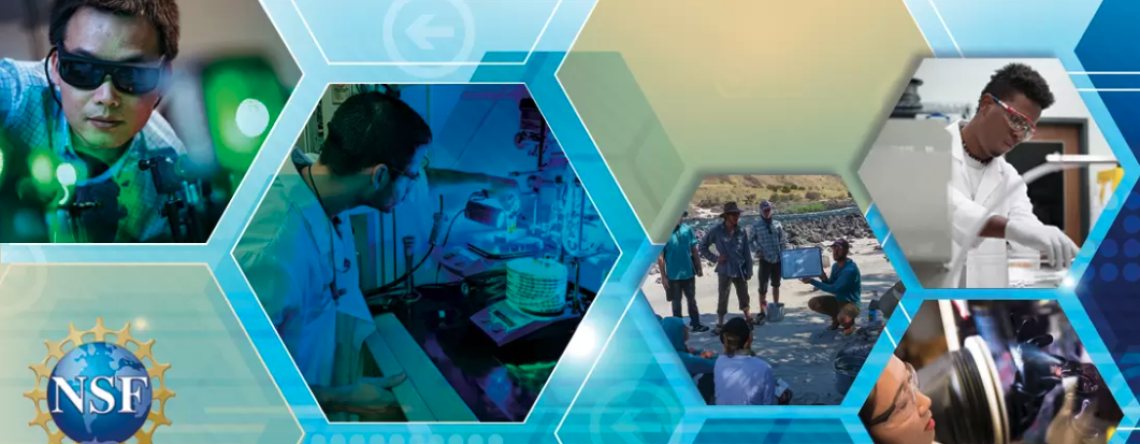UArizona earns $30 million in funding to create New Frontiers of Sound Science and Technology Center

The center will focus on topological acoustic technology, which could revolutionize the way we use sound in various applications. With this technology, researchers can manipulate attributes of sound that were previously invisible to traditional acoustics. (Credit: NSF)
The University of Arizona has been awarded $30 million over five years to establish a new National Science Foundation Science and Technology Center. The New Frontiers of Sound, which comes with an additional $30 million funding option over the following five years, will bring together researchers working in topological acoustics, from partner institutions the California Institute of Technology; the City University of New York; Georgia Institute of Technology; Spelman College; University of Alaska Fairbanks; University of California, Los Angeles; the University of Colorado Boulder; and Wayne State University.
Topological acoustics allows researchers to see and exploit properties of sound that were not previously visible, like looking at the field with a new pair of eyeglasses – or better yet, listening to it with a new pair of hearing aids. Having such a precise level of control over soundwaves could revolutionize areas including computing, telecommunications and sensing. Quantum-like computing speeds, improved battery life for electronics, and sensing changes in aging infrastructure or the natural environment due to climate change are just a few applications for this growing field.
--
Click here to view the announcement from the National Science Foundation.
The U. S. National Science Foundation has announced a $120 million investment over five-year to support four new Science and Technology Centers (STCs). Since program inception in 1987, the STC: Integrative Partnerships program has supported exceptionally innovative, complex research and education projects that have opened up new areas of science and engineering and developed breakthrough technologies.
"Scientific discovery is the engine that drives human progress and underlies all of the technologies that we benefit from today," said NSF Director Sethuraman Panchanathan. "NSF's Science and Technology Centers enable our most creative scientists and engineers to open new vistas of scientific inquiry and make the discoveries that will keep the U.S. in the forefront of scientific discovery. I am delighted to see the impressive originality in ideas and approaches in these new STCs and know they will have a tremendous impact."
STCs conduct world-class research through partnerships among institutions of higher education, national laboratories, industrial organizations and other public or private entities, and via international collaborations, as appropriate. They provide a means to undertake groundbreaking investigations between disciplines and highly innovative approaches within disciplines. They also play a fundamental role in engaging, recruiting, retaining and mentoring next generation scientists and engineers from groups underrepresented in STEM.
The new centers will support advances in fields ranging from cell biology and complex materials to new applications of sound waves and environmental change. Each awardee will receive approximately $6 million per year over a five-year period, with the possibility of continual funding for up to five additional years. In addition to these latest awards, NSF supports 13 active STCs across the U.S.
Among the four Science and Technology Centers created is the New Frontiers of Sound (NewFoS) Science and Technology Center, led by researchers from the University of Arizona; California Institute of Technology; The City University of New York; the Georgia Institute of Technology; University of Alaska Fairbanks; UCLA; University of Colorado Boulder; Wayne State University; and Spelman College.
Recent advances have revealed that topological acoustics (TA) phenomena possess extraordinary properties, such as extreme resistance to disorder, such that TA waves can be transmitted in obstructed domains without generating echoes or reflections. Exploiting surprising links between acoustics and quantum mechanics, the NewFoS STC will tackle grand challenges using TA focused on three main areas: quantum information science; the future of wireless communication; and applying TA to bypass remote sensing limitations in the physical world at scale for issues such as climate change.
For more information about NSF's Science and Technology Centers, please visit nsf.gov.

